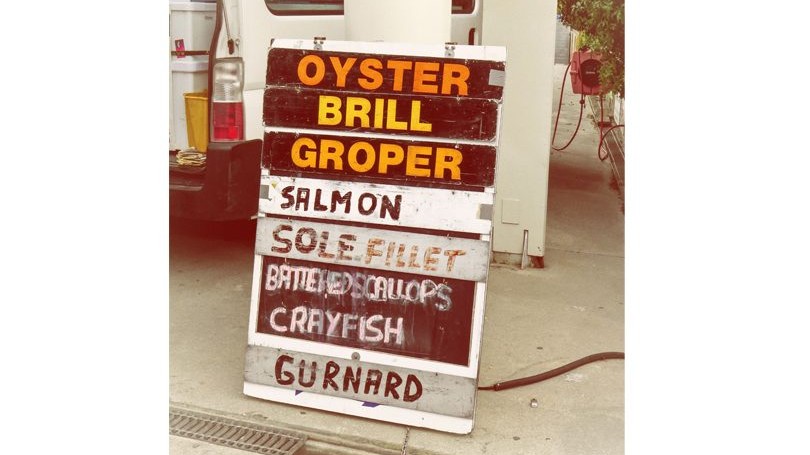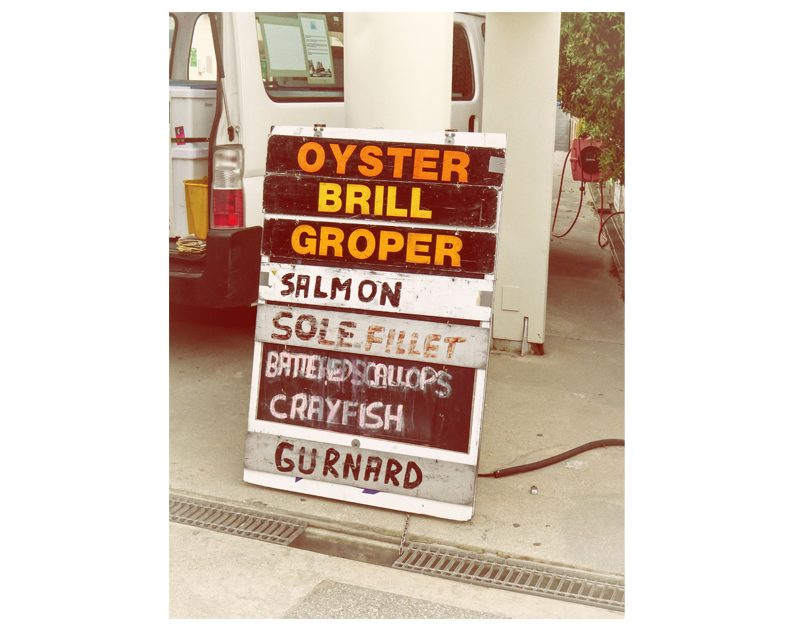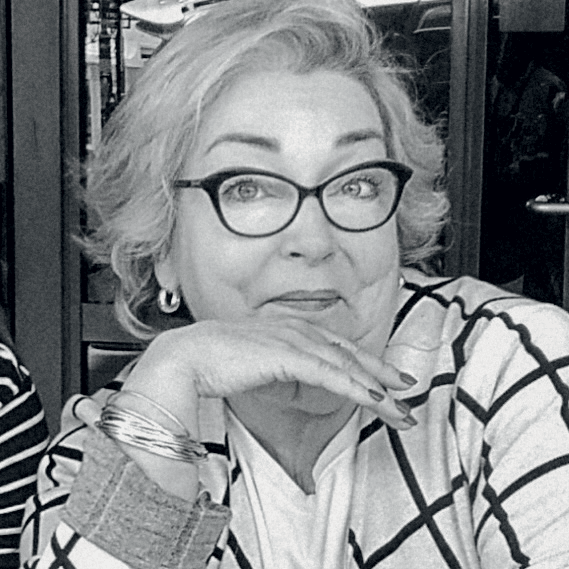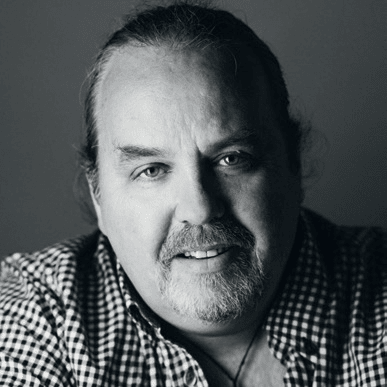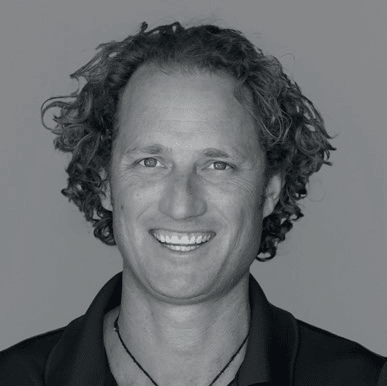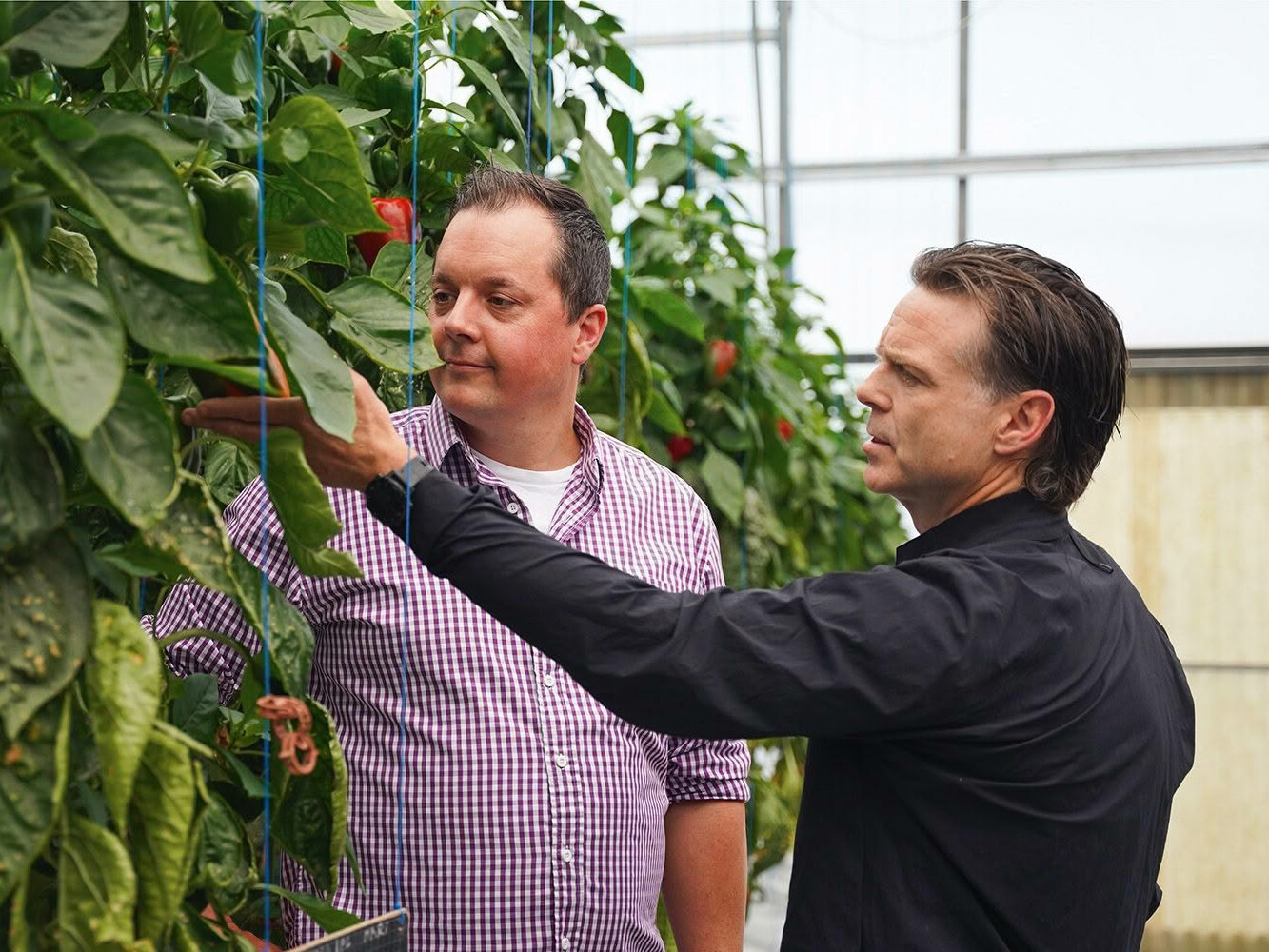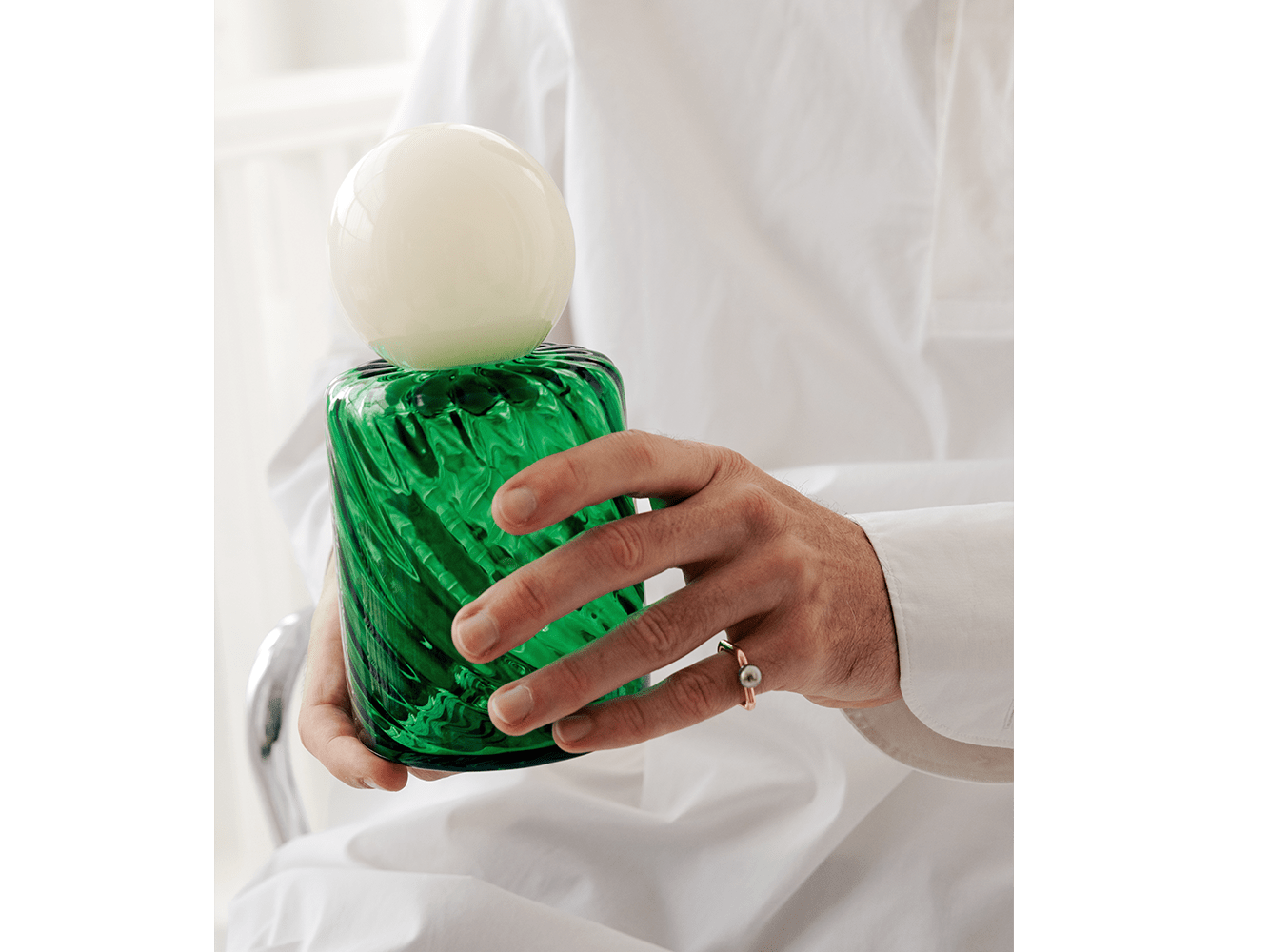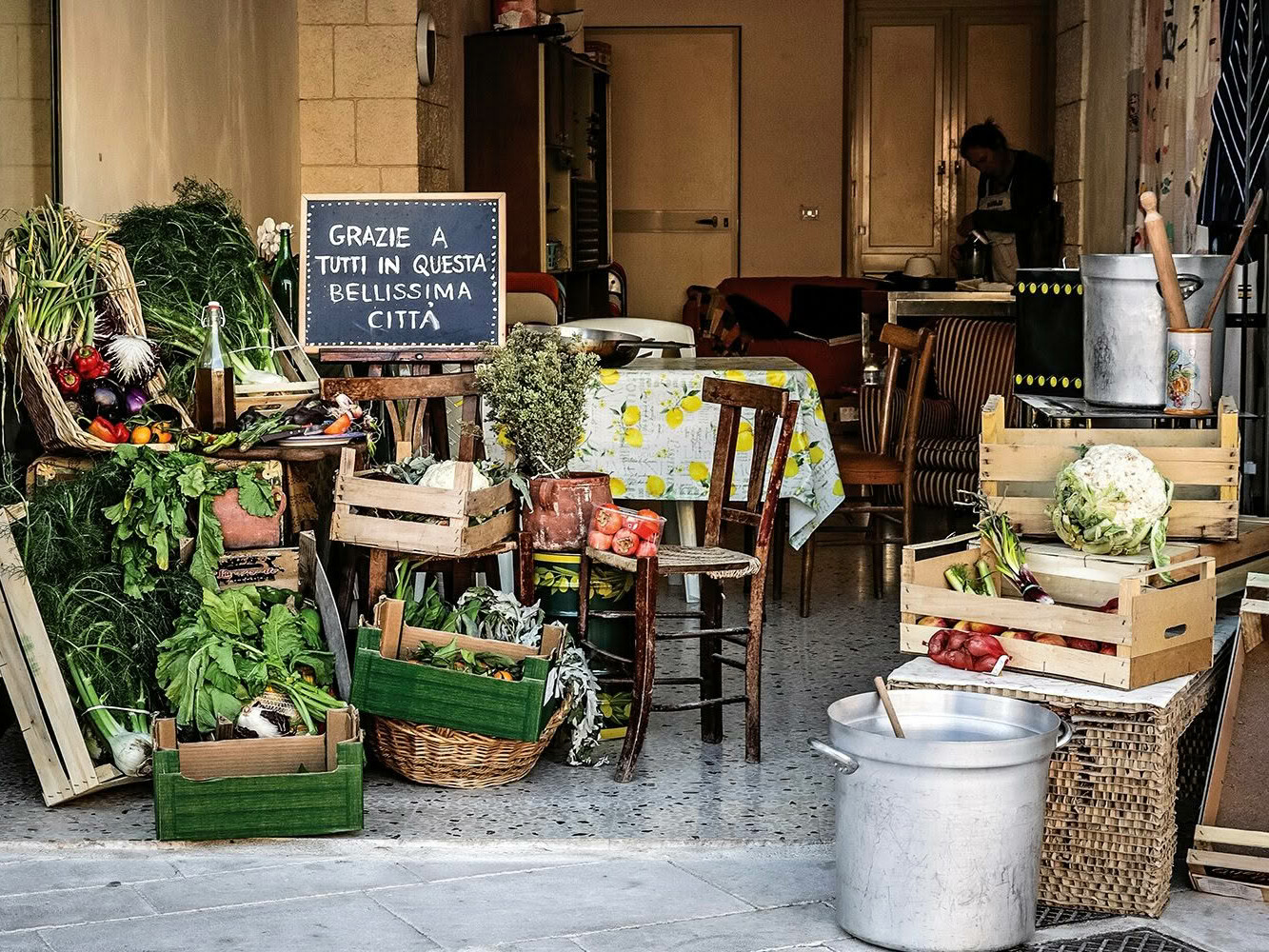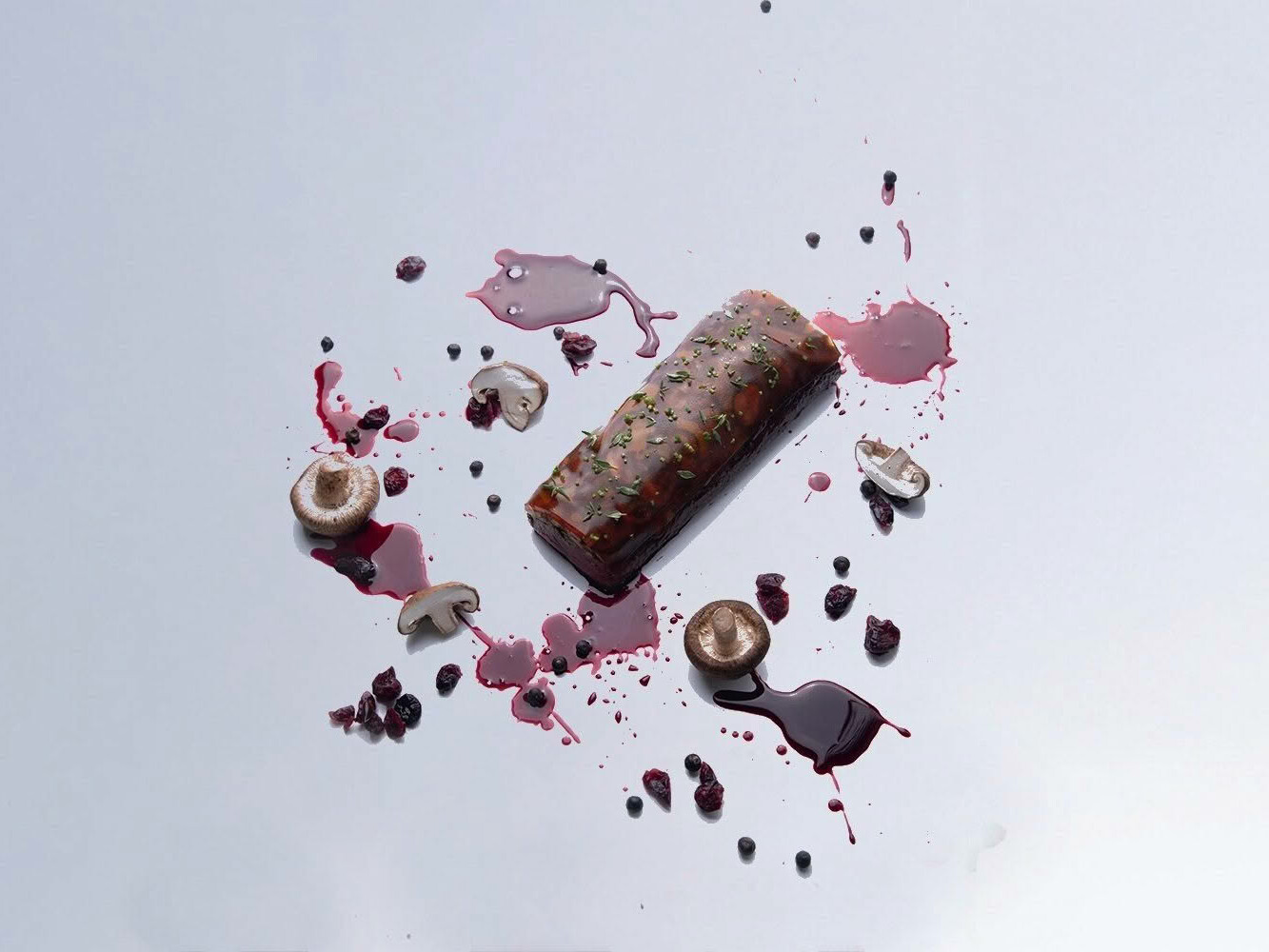Kelli Brett goes down the line with two New Zealand fish experts.
According to Seafood New Zealand, approximately 700,000 tonnes of seafood is harvested from New Zealand’s coastal waters and exclusive economic zone each year and our appetite for fresh seafood is only getting bigger. And yet with so many agendas it feels as if the New Zealand seafood industry is shrouded in secrecy. I don’t know about you, but I’m finding it all pretty confusing with the same questions coming up over and over again. So I sat down for a straight-up conversation with two industry professionals, both of whom supply a number of New Zealand’s top restaurants and are passionate about ensuring that those in the seafood industry can make their livelihoods in a sustainable way, that all New Zealanders have access to sustainable fresh fish and that development continues in a way that provides a positive future for New Zealand seafood. KELLI BRETT
TOM SEARLE is the general manager of Lee Fish, a small, sustainability-focussed fishing company located in the fishing village of Leigh, north of Auckland. It specialises in longline- caught, ike jime-killed, high-quality inshore species. It works with an artisanal fleet of small vessels that lands its catch daily and supplies both New Zealand’s and some of the world’s best restaurants, and recently Pak’nSave and New World supermarkets.
MARTIN BOSLEY is national sales manager at Wellington-based Yellow Brick Road, a distributor that is committed to getting premium seafood products to restaurants, chefs and domestic consumers in the best possible condition. Its fish are predominantly longline-caught on day boats. Fish are landed live, ike jime-killed, placed into ice slurry, packed, processed and delivered within 24-36 hours of leaving the boat.
LET’S DIVE IN…
Information about how to choose what fish you catch, buy or cook can be confusing. Who do you trust with regards to obtaining information about sustainable seafood in New Zealand?
TOM SEARLE
The Ministry for Primary Industries (MPI) and Seafood New Zealand comms are based on third-party, peer-reviewed science so should have the least bias of all sources. LegaSea and Forest & Bird do some great work, however at times I think they only present some of the facts, which can sway context. I am part of the Black Petrel Working Group where industry sits alongside the World Wide Fund for Nature, Hauraki Gulf Forum, Forest and Bird, DOC and MPI in a collaborative forum and we have made some huge steps in breaking down the traditional industry vs environmental NGO dynamic. Unfortunately, despite all of the good work we do the industry gets tarred with the same brush when one rogue fisher commits an offence, which is extremely frustrating at times. Good news in the fishing industry doesn’t sell.
MARTIN BOSLEY
I look to my fishers and ultimately to MPI and Seafood New Zealand. What people need to understand is that the Quota Management System (QMS) ensures that any fish for sale in New Zealand is sourced from sustainably managed fish stocks. The bigger question is whether it has been caught using sustainable methods.
Do you think we need to do more in New Zealand to help consumers understand more about their seafood?
TOM SEARLE
Yes absolutely. Understanding among chefs is pretty good and so many chefs that we deal with care deeply about how and where a fish is caught and who caught the fish they receive from us. Among wider Kiwi consumers, knowledge varies considerably and we have plans to tell the Lee Fish story via Foodstuffs Pak’nSave and New World stores. Seafood New Zealand and various chefs have done some great work in this space but there is still so much more to tell and much trust to gain from the wider public of New Zealand. A lot of people still have a negative view of the seafood industry and think of the rape and pillage and pirates of the old days, but nowadays we are extremely regulated and the vast majority of operators take a long-term approach and care deeply about the environment they work in.
MARTIN BOSLEY
The seafood industry needs to come together before we can fully educate the public. The hospitality industry is fantastic at working together to find solutions and solve issues. Our wine industry worked out many years ago that together they have a much bigger voice than working individually to tell their story. And yet our seafood industry is convoluted and confusing. Seafood New Zealand does a great job of bringing everyone to the table to have these conversations but there are still many operators who want to go it alone. When I’ve spoken at seafood conferences about lesser-known species and tried to get the message out about what Yellow Brick Road is actively doing in that space to get consumers to engage, I’ve had half the room going, “Yeah, right on Boz! Brilliant, that’s the way to do it,” and the other half going, “You’re dreaming mate, they don’t want any of that. You just stick to your little company in Wellington while we go and catch some fish,” and that 50 percent will continue to catch the species that people know and want when there are 640 different stocks that we could be fishing. Bringing all stakeholders together is easier said than done.
There seems to be a public perception that most of the best New Zealand seafood is exported overseas, leaving slim and more expensive pickings for New Zealand consumers. Do you have any thoughts on that?
TOM SEARLE
This certainly was the case in the past. I used to have no good answer when I was catching up with mates around the barbecue and someone hit me up about this. Seven years ago that changed when we formed Lee Fish New Zealand specifically to supply New Zealand restaurants. Our processing supervisor starts an hour ahead of the main export line and pulls out the fish he needs for New Zealand restaurant sales.
As for New Zealand home kitchens, it feels fantastic to now be able to say that New Zealanders have the option of buying export-quality longline fish from either Pak’nSave or New World. All fish are equal until they are caught – it’s how they are caught and handled and how long it takes from hook or net to plate that determines quality. We have never apologised for being expensive, as catching fish the way we do is expensive – it uses bait and is very labour-intensive and there are only small volumes caught at one time.
MARTIN BOSLEY
We are an export nation. COVID has shown us that we are export-led, but here at home you can buy anything that is exported overseas. People complain that they should be able to buy it cheaper here than it is sold overseas. Why? It’s a $1.8 billion per year industry. New Zealanders eat fish at most three times per month. To hold all of our fish back for consumption in New Zealand would be ridiculous. However, we do make sure that the fish that we supply to our restaurants and customers is the good stuff. You can buy high-quality seafood in New Zealand, it’s not all being exported, but you have to be prepared to pay for it.
What fish species have the highest sales value at the moment?
TOM SEARLE
Snapper is our bread and butter and fetches a good price, however some of the associated bycatch species such as red snapper, scorpionfish and kingfish are of more value. We try to catch a variety of species alongside the snapper as, due to the supply-versus-demand dynamic, the snapper annual catch entitlement price is so high that you cannot run a viable business catching only snapper.
MARTIN BOSLEY
Snapper and kingfish, without a doubt.
Are there other species that we are not looking at that could be promoted to create a more diverse offering moving away from favorites such as snapper and kingfish?
TOM SEARLE
Absolutely. I always suggest shopping by catch method rather than species as this is the safest way to make sustainable choices. Species such as pōrae, English/blue mackerel, grey mullet, kahawai are all hugely underrated and great to eat, particularly if you are into exploring different cooking or preparation methods.
MARTIN BOSLEY
A big part of it is that the consumer doesn’t really trust a species that they are not familiar with. We were offered butterfish today but I couldn’t find anyone to buy it, despite the fact that it tastes similar to blue cod. If we talk about regional cuisine in New Zealand we don’t really have one, but what we do have is regional fish. If you are in Auckland your regional fish is snapper, if you are in Wellington it’s terakihi and butterfish, down the West Coast it tends to be more brills and turbots and the flatter fish species, while around the bottom of the South Island and up toward Christchurch you are back to blue cod. In Hawke’s Bay it’s moki and up in Gisborne it’s terakihi and moki. It’s a hard sell to get moki into Christchurch because they are not familiar with it. So in each region we are familiar with certain species but broadly as a nation we’re not comfortable with a species that we can’t catch in our own region. What many chefs are worried about is that if they order something unfamiliar their customer won’t buy it. That’s a big marketing project that has to happen at many levels, not just in the restaurant. It has to happen at the supermarket and at the fishmonger to educate people about what they might substitute for their favourites.
Is climate change affecting the species that you can catch?
TOM SEARLE
Yes there are certainly changing patterns in abundance. Definitely some positives and negatives but mostly spatial shifts in where fish are, at what time of year. It’s crazy to think that Bluff fishers are catching snapper in their cray pots and seeing kingfish in Bluff harbour, which was unheard of even five years ago.
MARTIN BOSLEY
Yes, in that we are seeing movement of species seeking colder or warmer waters, but as far as I’m aware, we are not seeing any decline in stocks as a result of climate change. But we are hearing that species that were once upon a time never seen in Southern waters are now being sighted.
There’s been a worldwide rise in aquaculture (production up 527% from 1990 to 2018), which now provides more fish for human consumption than comes from the wild. What are your thoughts on fish farming?
TOM SEARLE
We must be open- minded. With population growth, wild fisheries cannot keep up with demand and aquaculture is an extremely efficient way of producing protein. Food-conversion ratios of farmed fish are almost seven times more efficient than land-based protein production and greenhouse gas emissions are significantly less. No one wants a salmon farm in front of their bach, but I think the NIMBY syndrome and Resource Management Act is overly restrictive in New Zealand. Well-planned aquaculture can be carried out in a sustainable way.
MARTIN BOSLEY
There is a great deal of integrity behind many of the farm fisheries here in New Zealand but I don’t see the same integrity in overseas operations. And while we talk about this being a more sustainable method of fishing, what I’m not convinced about is the amount of fish needed to feed the farmed fish. There’s a lot of fish being caught to be ground up and fed to these fish along with other additives and there is no monitoring of what happens to those fish stocks that become fish feed. Then there is the burn that happens underneath the nets. In most cases the waste from the fish falls to the bottom of the ocean and burns the sea bed because it falls in such a concentrated area. So while aquaculture can be part of the solution, there is more development needed down the road to true sustainability with farmed fish.
Do you believe in the New Zealand Quota Management System (QMS) as it is?
TOM SEARLE
Yes. It is still considered one of the best fisheries management systems in the world although there is certainly plenty of room for improvement. The intention of the QMS was that the catchers (as quota owners) have a vested interest in taking care of their fishery. Because for the best part this doesn’t exist now, the quota owners are often the biggest winners with the fishers forced to lease annual catch entitlement from the large companies. Fisheries science for inshore stocks is poor and lacking for all but the main species. This is due to the low-volume, mixed nature of inshore fishing as well as the lack of information on both recreational and customary take. This must improve as you can’t effectively manage a fishery without knowing what is being extracted. For recreational anglers (I wear this hat, too, as I love getting out for a fish or spearfish whenever I can) there needs to be a simple, compulsory method of recording catch (via an app) so that the MPI gets some accurate data as to what is being caught. The list of improvements goes on, but it is a very complex system with a wide range of stakeholders with differing needs and views.
MARTIN BOSLEY
Yes I do. We are a nation that is steeped in the culture of fishing and you’ll get no argument from anybody that we must preserve our rights to be able to catch and eat fish. To do this we must have a touchpoint to manage our fish stocks. The MPI as the architect regulates a QMS system that is widely recognised as a global benchmark for fishing systems. With the debate around seafood hingeing on sustainability, the ‘S’ word has become overused and misunderstood and it’s where most of the arguments stem from. Put simply, a sustainable fishery is one whose practises can be maintained indefinitely without adversely impacting other species within an ecosystem. The touchstone for sustainability for Yellowbrick Road and myself is the QMS. There are many ways to catch a fish: we work predominantly with fishers who catch using longlines and hooks; we favour and buy from the little guys; if we don’t know how they caught it or where they caught it, we don’t buy it. Any system will have problems or challenges but the best people to look after our fish stocks are the guys who are out on the water fishing. The viewpoint that they are all out there raping and pillaging the seas is a pretty short-sighted view of our industry. If you are a third- generation fisher, you want to look forward to a fourth and fifth generation.
With regards to trawling and technology advancement, the development here in New Zealand of Precision Seafood Harvesting using a method of fishing called Tiaki was tipped to revolutionise the global industry. Is it the answer for large- scale fishing?
[The Tiaki system replaces traditional trawl nets with a large flexible PVC liner in which fish swim freely until hauled in, reducing stress, fatigue and damage. Small fish escape (and are believed to have a better chance of survival than through traditional trawl mesh escapement) and unintended catch can be released.]
TOM SEARLE
It definitely lands a better-quality product than traditional trawls and nets but it still causes some damage to the seabed like a traditional trawl does. I think it has had strong success in mid-water trawling for instance in the hoki fishery as the net doesn’t touch bottom. Vessels towing these nets require more horsepower, usually meaning the method is used by bigger boats.
MARTIN BOSLEY
It’s been in the making for about 10 years and there is further development needed, and it’s not without its issues. Bringing a net full of water and live fish onto the back of a boat is a dangerous proposition, but anything that allows smaller fish to swim out and back into the ocean has to be a better option. I think it will get there; it’s another marker on the road to more sustainable fishing and if it can potentially change the way the world fishes then it’s a win for all of us.
Are you proud of the current status in New Zealand with regards to the way the industry works together?
TOM SEARLE
The future is bright. We have more and more people and seafood is a big part of the answer to this. It is idealistic to say, for instance, ‘all fish should be caught by longline’; all methods have their place and I believe that consumer behaviour and environmental pressures will mould a gradual transition in the way New Zealand catches its fish. The New Zealand seafood industry works well together in some forums but makes life hard for itself elsewhere. I think, overall, the quality of seafood produced across the New Zealand seafood industry has increased dramatically in the past 10 years, but there is still lots of room to improve. We do need some third-party checking/auditing of some of the absurd offerings being made in the domestic food service space. The words ‘line-caught’ and ‘day boats’ get bandied around too much as mistruths; the reality is that there are very few operators catching fish in this way as it is expensive, less profitable, requires long hours and is hard work. I am proud to say that Lee Fish has been doing this since 1957. Our inshore fish stocks as a whole are in good shape, but again management could be improved (not so much an abundance issue just about how and where a fish is caught). Imagine if we could manage fisheries on a much finer spatial scale with method-specific rules so that each group of fishers could ‘farm their patch’ and therefore control their own destiny.
MARTIN BOSLEY
I think we can work together to be more collegial but I’m proud of our industry; it does an amazing job. The seafood industry is always answerable to criticism and constantly getting battered so it appears to be on the back foot, being defensive. It needs to be less defensive and more aggressive and tell more of the positives about the sustainability of those communities that are based around fisheries. We need to be careful here about the arguments that we are having or some of those small guys that own quota won’t be able to afford to fish anymore and will have to sell their quota to the big guys. We can’t protect the little guy if he has no one to sell his fish to. Harvesting seafood is tough, it’s hard work. Let’s have the discussions that we need to have. I’m proud of the stories I get to tell every day.
NOTE FROM THE EDITOR
It was my intention to include a well- known and respected small-scale artisan fisher who supplies a number of leading New Zealand restaurants and has been very vocal about many of the issues raised in this Q&A. I wanted you to hear the very different perspectives from these three experts. Unfortunately, this fisher felt that these questions were too political, so decided not to participate. Although I do understand that the New Zealand seafood story is challenging, I don’t think this situation will improve until all stakeholders are given an equal voice and the consumer is armed to make an informed choice.
ASK HOW YOUR FISH WAS CAUGHT
PURSE SEINE Uses a net to herd fish together and then envelope them by pulling the net’s drawstring.
LONGLINING A long line is set and dragged behind a boat to catch fish on baited hooks.
SPEARFISHING The diver views and selects each fish before the trigger is pulled.
POTS Use baited traps and have low impacts on bottom habitat.
SEE MORE FROM CUISINE
Design File / Sara Bruce / Exhibit A / Auckland
The contents in a cold glass should be savoured. Having one superb…
When only the very best will do
How Bocuse d’Or Team New Zealand will meet the highest standards at…

